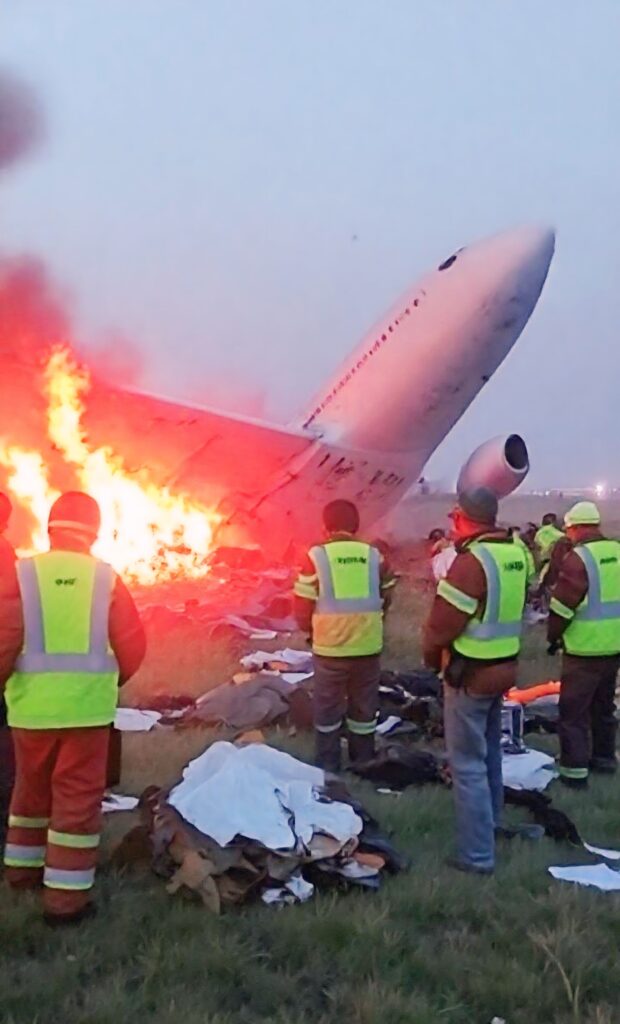
As an urban planning professional, I am deeply concerned about ensuring the safety and resilience of our transportation systems, including air travel. The recent incident involving an American Airlines Boeing 737-800 at Denver International Airport has once again brought these concerns to the forefront. On Thursday, the aircraft caught fire shortly after landing, injuring 12 passengers and prompting an immediate investigation by the US Federal Aviation Administration (FAA). While no fatalities occurred, the event underscores the critical importance of safety protocols, coordination, and forward-thinking strategies within both aviation and broader infrastructure planning.
According to initial reports, the Boeing 737-800 experienced an engine fire as it taxied toward the gate after landing. Passengers and crew members were evacuated swiftly through emergency slides, and airport fire services responded within minutes. Although the injuries were minor, the sight of flames and smoke naturally triggered fear and raised serious questions about maintenance procedures, aircraft reliability, and the readiness of response teams. Incidents like this remind us that safety in air travel depends not just on technology, but on human decision-making and preparedness at every level of operation.
From a strategic perspective, we can draw on the principles of stratagem to better understand how to enhance aviation safety. In classical terms, stratagem involves foresight, adaptability, and the intelligent use of resources to prevent or mitigate risk. Applying this mindset to air travel means going beyond routine safety checks to anticipate potential system failures before they occur. For instance, predictive maintenance—using data analytics to detect wear or malfunction before it leads to failure—embodies this principle. Airlines and manufacturers can use artificial intelligence and sensor data to identify patterns that traditional inspections might miss.
Another stratagem principle is coordination across systems. Air travel safety is not just an airline issue; it involves airports, regulators, emergency responders, and urban infrastructure planners. At Denver International Airport, the rapid response of fire crews likely prevented a much worse outcome. This level of preparedness depends on continuous inter-agency training, clear communication channels, and the integration of emergency operations into airport design. Urban planners can play a role here by ensuring that airports are equipped with resilient access routes, water supply systems, and spatial layouts that enable quick evacuation and emergency response.
Moreover, transparency and accountability are vital. Boeing and American Airlines must cooperate fully with the FAA’s investigation, not merely to assign responsibility but to identify structural or procedural weaknesses. Learning from near-miss events is one of the most effective ways to prevent future tragedies. As in urban planning, each incident should serve as a feedback mechanism for stronger systems design, stricter oversight, and improved public trust.
Ultimately, ensuring air travel safety requires a balance between innovation and prudence. Advanced aircraft technology must be matched by equally robust maintenance practices and a safety culture that prioritizes human life above operational efficiency. The Denver fire incident is a reminder that vigilance, coordination, and strategic foresight are as essential in the skies as they are on the ground. By applying the principles of stratagem to aviation, we can build a safer, more resilient future for all travelers.


